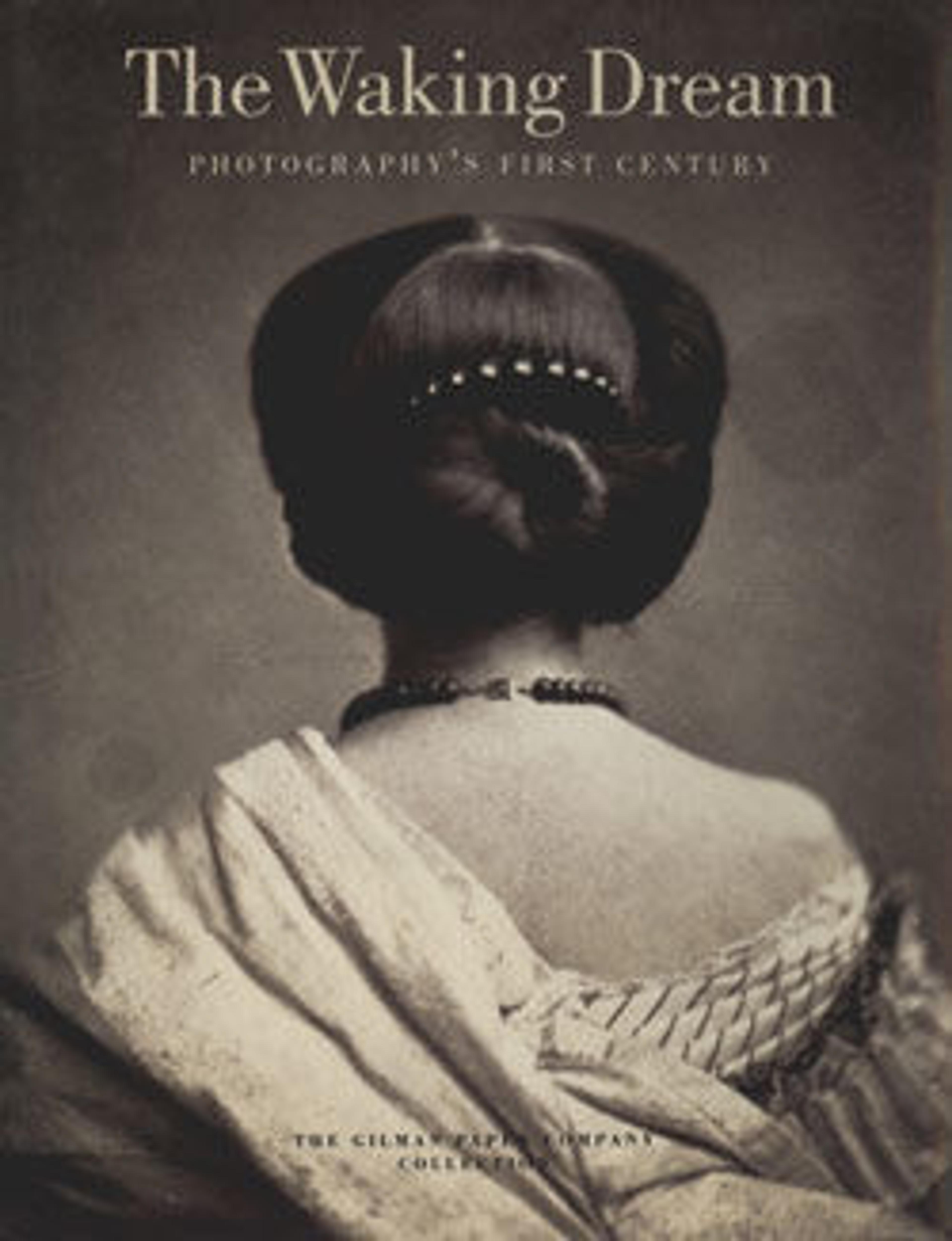[Senator and Mrs. James Henry Lane]
Senator James H. Lane of Kansas (1814-1866) was most often seen in a woolen shirt, bearskin overcoat, and straw hat. The fiercest leader of the Free State movement in the 1850s, he brought various antislavery forces together to form a unified party and led military campaigns against pro-slavery towns with such effectiveness and brutality that he earned the sobriquet, the "Grim Chieftain of Kansas." Elected as one of the first two senators when Kansas was granted statehood, Lane was a fine orator and master of sarcasm and invective whose broad gestures and rasping voice commanded undivided attention. His impassioned speech in 1864 on behalf of his close friend Abraham Lincoln is credited with having swayed the National Convention to nominate Lincoln for a second term as president. After the war's end and Lincoln's assassination, Lane committed suicide-having been severely rebuked by his former Kansas supporters for his advocacy of President Andrew Johnson's weak Reconstruction policy.
Artwork Details
- Title: [Senator and Mrs. James Henry Lane]
- Photography Studio: Brady & Co. (American, active 1840s–1880s)
- Date: 1861–66
- Medium: Albumen silver print from glass negative
- Dimensions: 22.8 × 19.7 cm (9 × 7 3/4 in.)
- Classification: Photographs
- Credit Line: Gilman Collection, Purchase, Alfred Stieglitz Society Gifts, 2005
- Object Number: 2005.100.86
- Curatorial Department: Photographs
More Artwork
Research Resources
The Met provides unparalleled resources for research and welcomes an international community of students and scholars. The Met's Open Access API is where creators and researchers can connect to the The Met collection. Open Access data and public domain images are available for unrestricted commercial and noncommercial use without permission or fee.
To request images under copyright and other restrictions, please use this Image Request form.
Feedback
We continue to research and examine historical and cultural context for objects in The Met collection. If you have comments or questions about this object record, please complete and submit this form. The Museum looks forward to receiving your comments.
